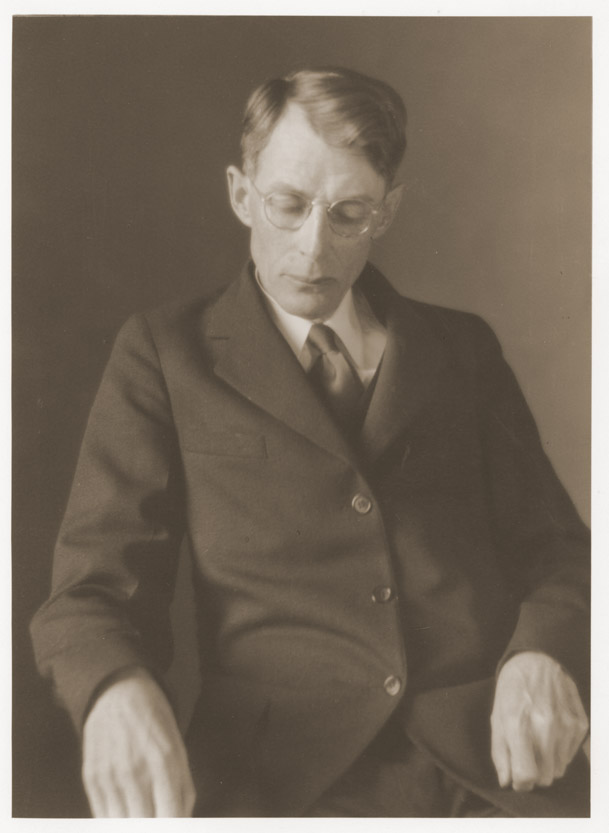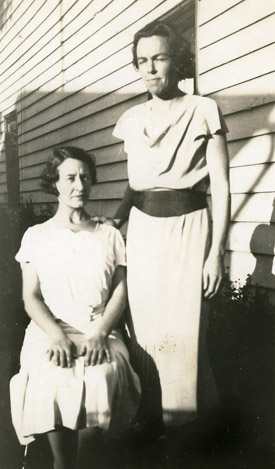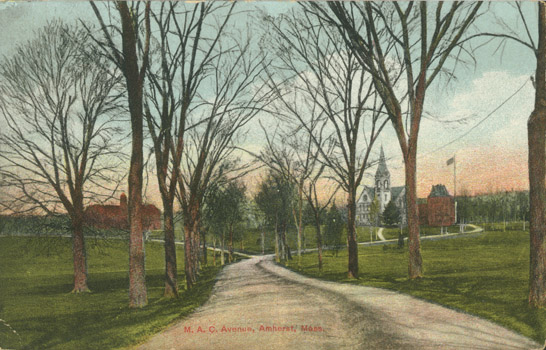Ray Ethan Torrey Papers

A plant morphologist and member of the Botany Department at Massachusetts Agricultural College, Ray Ethan Torrey was among the college’s most charismatic faculty members during the early twentieth century. Born in Leverett, Mass., and educated in the local public schools, Torrey graduated from MAC with the class of 1912, earning his PhD at Harvard six years later. After serving on the faculty of Grove City College and Wesleyan, he returned to his alma mater in 1919, where he remained for more than 36 years. A specialist in plant morphology and author or two widely used textbooks and numerous articles, Torrey’s introductory course in botany was among the most popular in the college. He was best known, however, for taking a broader, philosophical approach to science that encouraged students to explore the connections between philosophy, science, religion, and the humanities. Torrey died of leukemia in Boston on Jan. 16, 1956.
Correspondence, chiefly with former students and colleagues at other institutions; lecture notes and outlines; 27 pen and ink drawings; published writings and drawings; biographical material; class and laboratory notes taken by students; family and educational records (1832-1956); photographs, and other papers.





 View:
View: